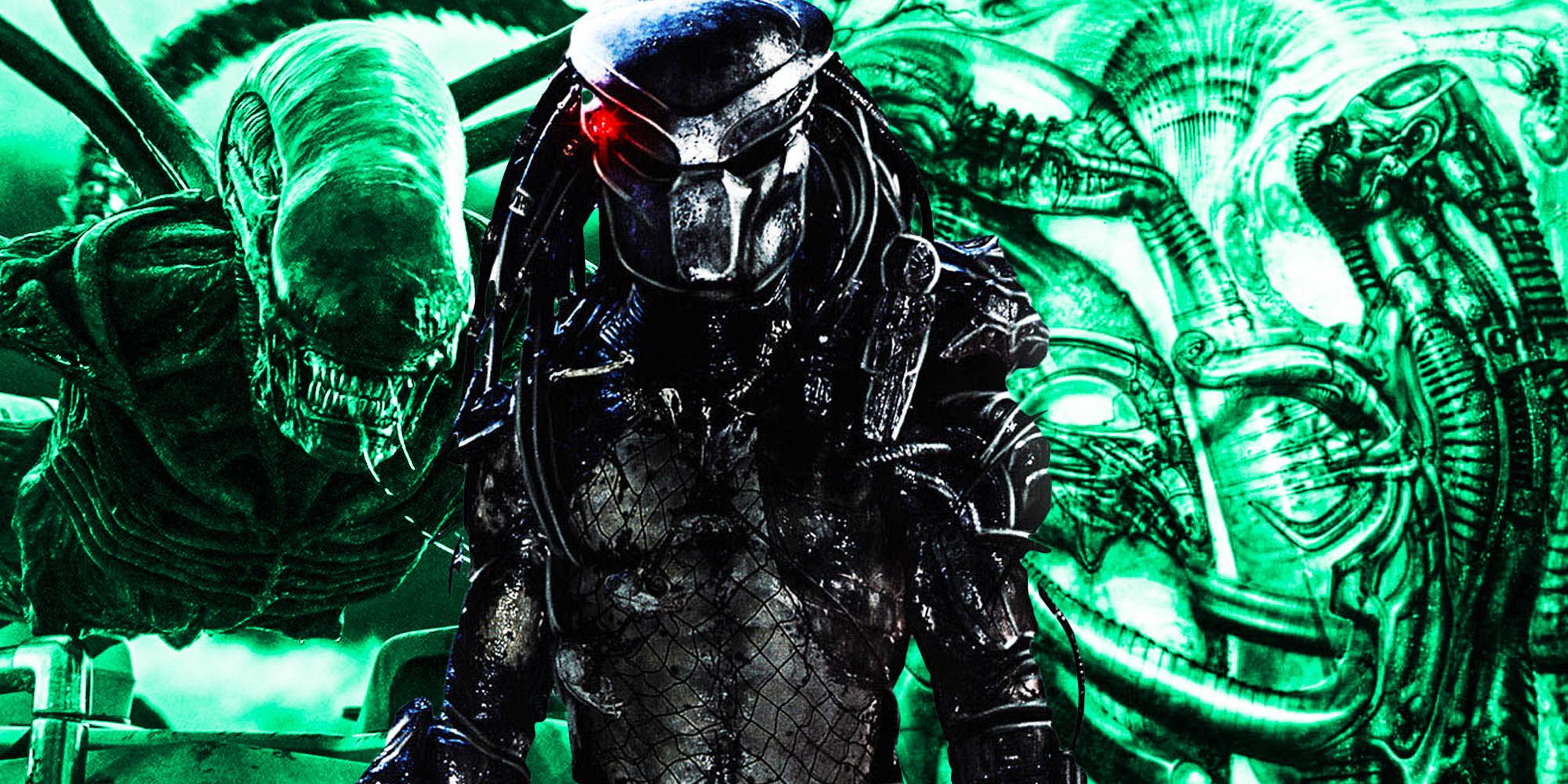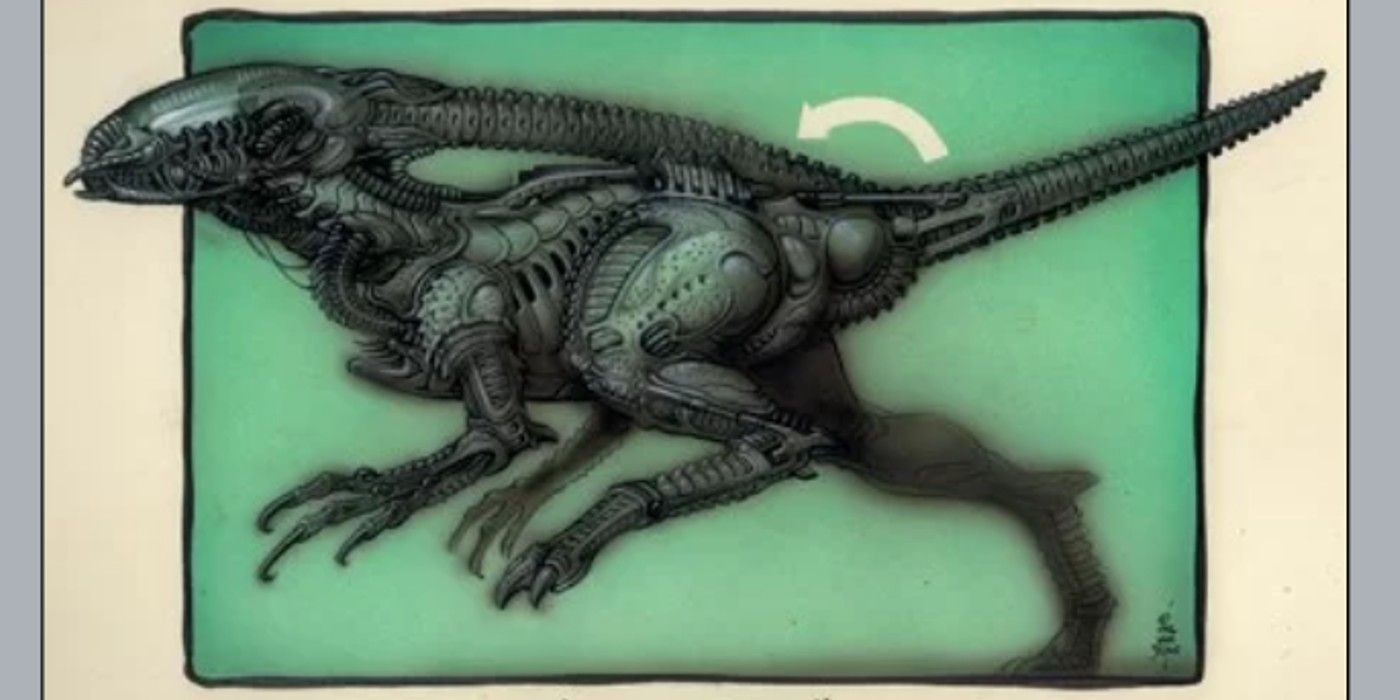Although the Predator eventually became the Xenomorph’s onscreen enemy, the earliest designs for the creature borrowed inspiration from the Alien villain. Despite both sci-fi creatures sharing a vaguely humanoid build, there is not a lot of similarities between the Alien franchise’s Xenomorph and the titular threat of the Predator series. They both have two arms and two legs, but that’s just about where the similarities end—which has always been good for both franchises.
Although both Alien Vs Predator movies disappointed fans of their respective franchises, the two monsters were sufficiently different to create an interesting onscreen face-off. The Xenomorph’s more lithe, reptilian build and pointed head contrasted well with the Predator’s comparatively bulky and muscular shape. With one being an unthinking killing machine and the other an advanced species with complex social and cultural systems, the two antagonists could not be more different and both series were stronger for the contrast.
As a result, it may surprise fans to discover that the Predator’s original design was somewhat based on biomechanical Xenomorph look. As recently reported by fansite AVPGalaxy, FX artist William Stout was asked to come up with something akin to an illustration Predator director John McTiernan thought looked right for the monster. The picture McTiernan singled out was an H.R. Giger painting of a creature very similar to the Xenomorph design, meaning Stout's resulting sketches looked something like an Alien velociraptor. Fortunately, Stout was able to talk McTiernan into taking the Predator design in a less derivative, more unusual direction.
The Giger piece in question, “Biomechanic Landscape II” (Work 319), formed the basis for Stout’s sketch of a “Hunter” that could extend and attach its tail to its head. Other than that change, this sketch resembled the Alien franchise's Xenomorph very closely, prompting Stout to urge the director to reconsider. McTiernan did, and the eventual look used by the movie owes little to this Giger sketch. The two monsters were, as such, able to eventually face off onscreen without viewers wondering which species was which, and the Predator movie franchise proved able to escape the shadow of its predecessor without being viewed as a mere Alien clone.
Of course, a good monster design was not enough to save the franchise entirely. Despite finally fighting the Xenomorph onscreen in 2004 (and again, to less fanfare, in 2007), the Predator series struggled to win critical acclaim after Predator 2 successfully married action and horror in 1990. Since then, the series has been through two reboots, neither of which were able to win over critics. In this regard, the Predator franchise arguably did end up copying the Alien movies. Unfortunately for the creators, though, this copying came in the form of waning critical reaction and relevance, rather than creature design.


